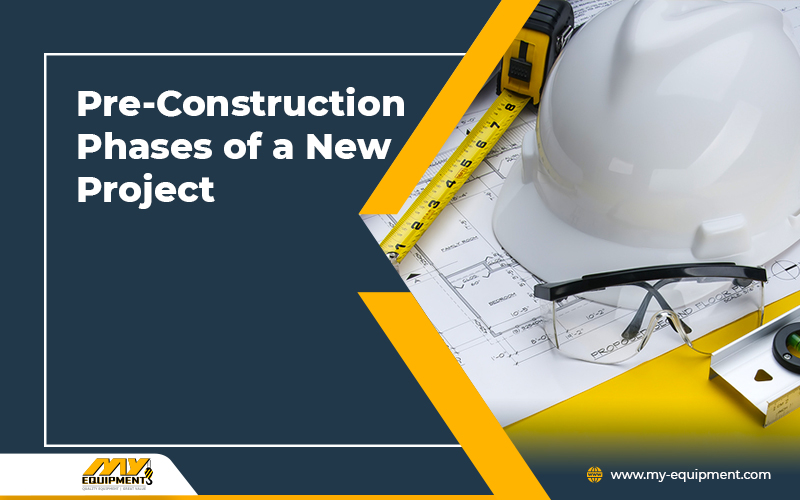Depending on the scale of the project, the number of parties involved, the money, and the deadline, the construction process for ongoing projects might vary. But whatever the situation may be, the construction of a new infrastructure is usually a drawn-out and difficult procedure.
The good thing though is that managing different phases of a project is now easier and more precise thanks to the continually improving digital solutions that are now easily accessible. Additionally, these digital solutions are helpful in gathering useful information from the field. This data can be extremely helpful in streamlining and standardizing the building process for your next jobs.
Initial phase of the project
Typically, it is with the customer that a new project begins. It is in the initial phase that the idea forms, along with the hunt for the precise location. It is in this phase that you determine the requirements / criteria that would have to be met for the project.
The stage of ideation may vary based on the scope of the project. How long the process takes depends entirely on how far along the project is. It might take a few days to many months or even longer depending on the complexity of the project. Although, throughout this phase, construction crews do not contribute much.
The Design Phase
It is time to discuss design when the initial phase of the project is getting closer to completion. Since it is still early after the initial phase, nothing can be guaranteed just yet. Nonetheless, the bidding procedure often starts during the design phase. In the design phase there are four main elements that are covered, namely; Programming and viability, schematic design, design development, and contract papers.
The design team, managed by an architect or engineer, will be responsible for making sure that the crew abides by all state laws and meets federal standards all while ensuring that the project owner’s concept is actualized and that the newly built structure is functional.
When the programming and viability of the project is being determined, make sure that all of the business aims and objectives are described clearly. At this point, several choices are made, including the size of the building, the area it would take up and the amount of space needed for the project.
In a schematic design, the area as well as the various other components, hues, and even textures are depicted. The drawings are later utilized in the design development process to investigate the construction equipment that will be required, their prices, and the materials needed for the project. Before looking for used wheel loaders for sale you need to figure out exactly what the project requirements are.
Everything is nearly finished after the completion of paperwork for the contract, since those documents include the final drawings and specifications. Contractors and subcontractors that submit bids to work on projects in the construction industry eventually use these designs.


 1400 Broadfield Blvd, Houston, TX 77084,
USA.
1400 Broadfield Blvd, Houston, TX 77084,
USA. omer@my-equipment.com
omer@my-equipment.com